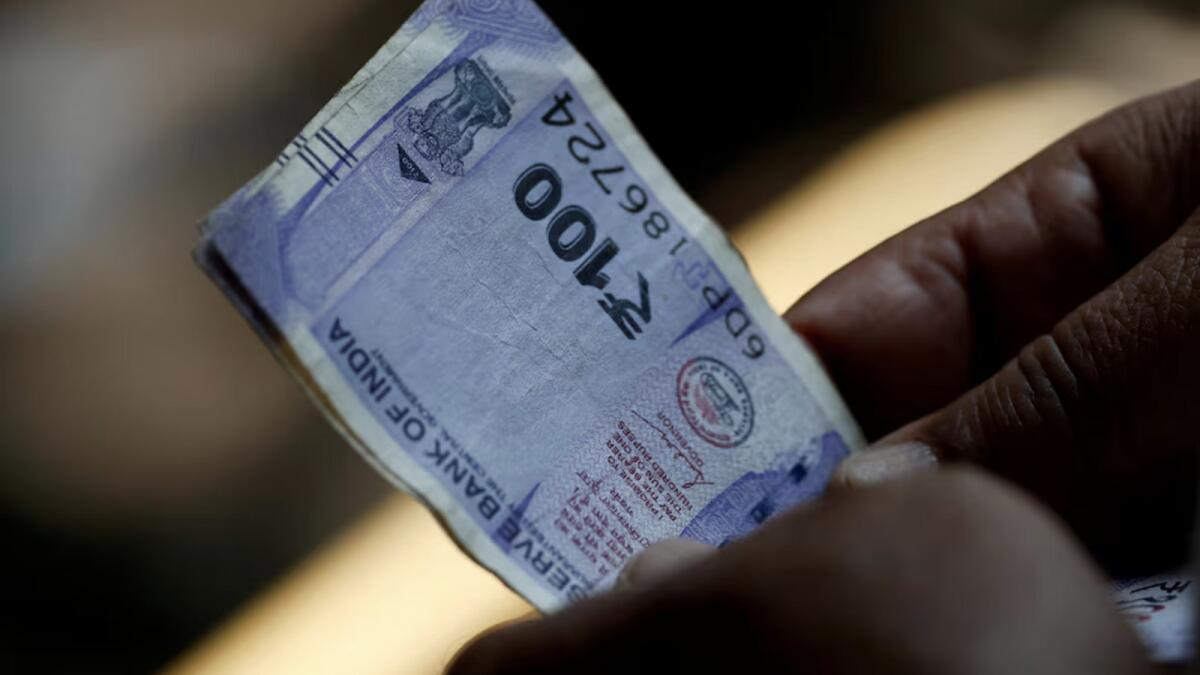The Indian rupee remained stable amidst a global slowdown, as concerns over demand and a dovish Federal Reserve outlook weighed on the currency. Despite a slight dip compared to the previous session, the rupee held steady at 83.9575 against the U.S. dollar. The drop in Brent crude prices in Asia added to the negative sentiment, with Indian equities also experiencing a decline. Currency traders believe that the current risk-off environment may not be sufficient to impact the rupee significantly.
The rupee has been trading within a narrow range over the past month, with low volatility levels around 1%. Market experts suggest that unless there are significant changes in U.S. jobs and inflation data, the rupee is likely to remain range-bound. To mitigate risks in such a stagnant market, adopting a disciplined hedging program with various options like knock-out forwards is recommended. This strategic approach can help manage currency risk effectively in uncertain market conditions.
Global risk appetite has diminished following weak manufacturing data in the U.S., leading to fears of a slowdown. This sentiment prompted investors to bet on a larger rate cut by the Federal Reserve at the upcoming meeting. The probability of a 50-basis-point rate cut at the September meeting has increased to 42%, up from 30%, according to the CME FedWatch Tool. The economic uncertainties and potential policy changes in the U.S. are contributing to the volatility in global markets, including the Indian rupee.
As the global economic landscape remains uncertain, it is essential for market participants to stay informed and adapt to changing conditions. Keeping abreast of the latest news and developments can help traders make informed decisions and navigate volatile markets effectively. By using a combination of traditional hedging methods and innovative exotic options, currency traders can better manage risks and capitalize on opportunities in the ever-evolving foreign exchange market.
In conclusion, the Indian rupee’s stability amidst global economic headwinds reflects the currency’s resilience in challenging times. While external factors like oil prices and U.S. monetary policy decisions can influence the rupee’s movements, a disciplined hedging strategy can help mitigate risks and protect against market fluctuations. By staying proactive and informed, market participants can position themselves strategically to navigate the uncertainties and opportunities in the forex market effectively.
Overall, the Indian rupee’s performance is a reflection of the broader economic trends and investor sentiment in the global marketplace. With prudent risk management strategies and a deep understanding of market dynamics, traders can optimize their currency trading activities and enhance their financial outcomes in the face of evolving market conditions. By staying alert, adapting to changes, and leveraging advanced hedging techniques, market participants can harness the potential of the foreign exchange market and achieve their financial objectives.










